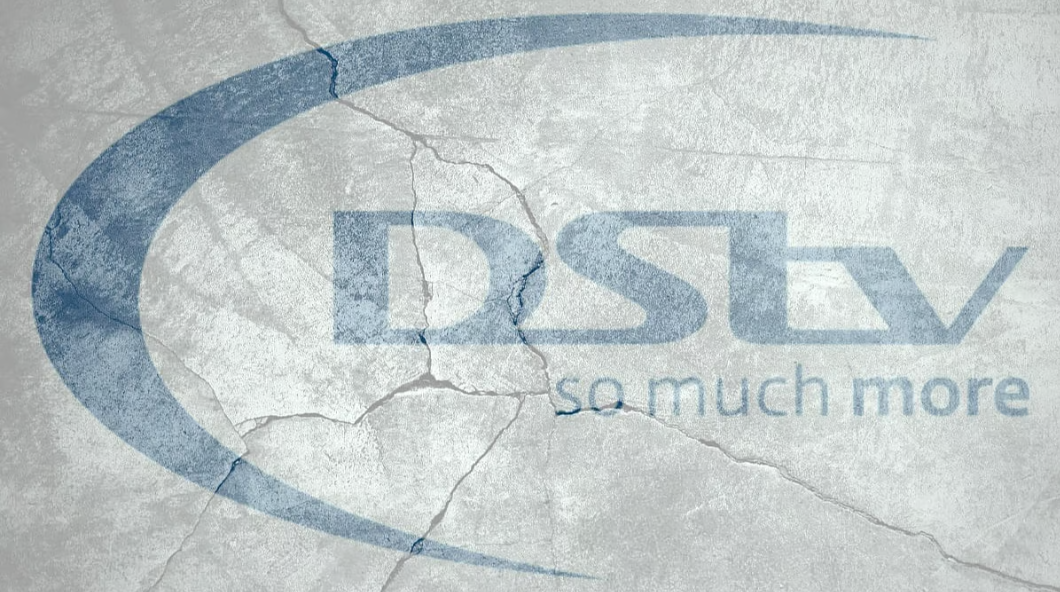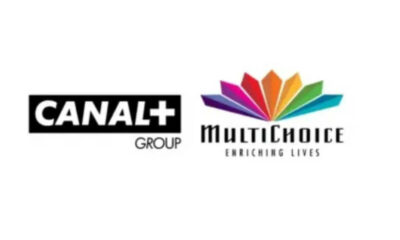Business
DStv Bleeds Subscribers as South Africans Ditch Pay-TV for Streaming Alternatives

DStv, once the dominant force in South African television, is seeing its subscriber numbers collapse to levels not recorded since 2019. According to MultiChoice’s latest financial report for the half-year ending 30 September 2024, the company lost nearly 400,000 paying customers in just one year.
The figures are stark. DStv’s paying subscriber base dropped 5.1% year-on-year to 7.4 million. The 90-day active subscriber count fared even worse, down by 495,000 users, or 5.7%, to 8.1 million. This suggests that not only are people canceling, but fewer are reactivating subscriptions — a worrying sign for the platform.
MultiChoice points to constrained consumer spending, lingering economic pressure, and the hangover effects of load-shedding as contributing factors. While improvements at Eskom and falling inflation have created some macroeconomic tailwinds, the benefits haven’t yet translated into customer retention or growth for DStv.
“Although the direction of travel is encouraging, improving trends will take time to reflect in South Africa’s results,” MultiChoice said in its statement.
Despite signs of sequential improvement — 184,000 subscribers lost in the first half of FY25 vs. 215,000 in the second half of FY24 — the message is clear: DStv is bleeding customers faster than it can adjust.
Technical Insolvency and Mounting Losses
The financial health of MultiChoice is just as troubling. The company reported an after-tax loss of R1.8 billion, double the R911 million loss recorded in the same period last year.
MultiChoice is now technically insolvent, with negative equity of over R2.7 billion, up from R1.1 billion just six months earlier. This means its liabilities outweigh its assets — a red flag for investors and partners alike.
Subscriber Reporting Changes Cloud the Picture
Adding to concerns is MultiChoice’s shifting approach to reporting. Over the years, the company has revised how it categorizes subscribers, first merging DStv Premium and Compact Plus figures, and then reverting to separate reporting when declines became harder to mask.
Likewise, it began reporting 90-day active subscribers instead of actual end-of-period totals — a move some analysts view as an attempt to cushion the optics of declining numbers.
Streaming Services Tighten the Squeeze
The decline isn’t happening in a vacuum. Global streaming platforms like Netflix, Disney+, and Amazon Prime Video are offering more affordable, flexible, and mobile-friendly alternatives to DStv’s rigid bundles.
These platforms are also adapting to African market conditions, offering data-efficient viewing and partnering with mobile networks to deliver bundled discounts, especially for mobile users.
In contrast, DStv’s traditional model — tied to hardware, higher costs, and fixed packages — appears increasingly out of touch with modern South African viewing habits.
What’s Next for MultiChoice and DStv?
While MultiChoice remains hopeful that improvements in the broader economic environment and fewer power outages will eventually stabilize its subscriber base, the damage may already be done.
With streaming services continuing to innovate, and South Africans increasingly opting for on-demand content, DStv’s fall from dominance could be a cautionary tale for other legacy broadcasters in Africa.
{Source: My Broad Band}
Follow Joburg ETC on Facebook, Twitter , TikTok and Instagram
For more News in Johannesburg, visit joburgetc.com



























